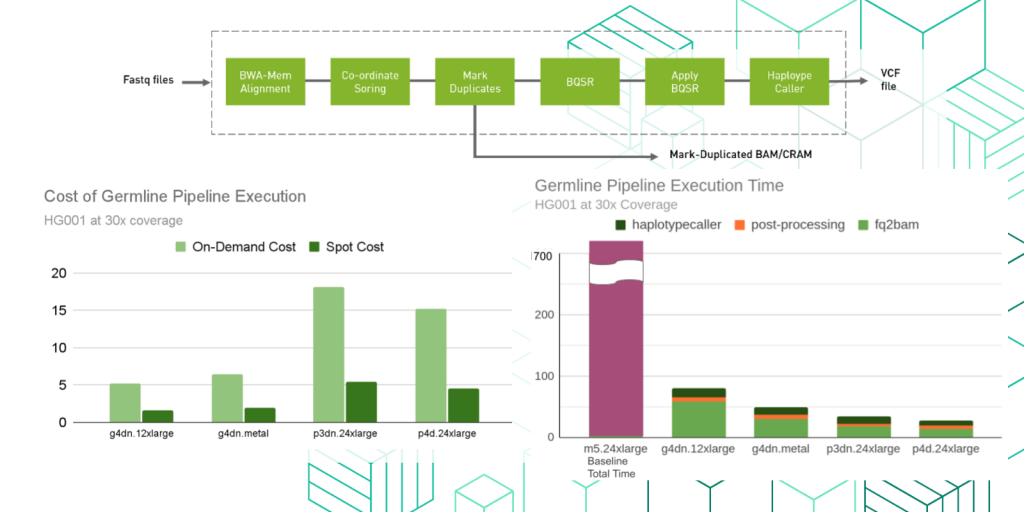AWS HPC Blog
Tag: GPU
Announcing Capacity Blocks support for AWS Parallel Computing Service
This post was contributed by by Kareem Abdol-Hamid, Kyle Bush Today we’re happy to announce that support for Amazon EC2 Capacity Blocks for Machine Learning are now supported in AWS Parallel Computing Service (AWS PCS). This allows you to reserve and schedule GPU-accelerated Amazon EC2 instances for future use. That includes the NVIDIA Hopper GPU […]
Large scale training with NVIDIA NeMo Megatron on AWS ParallelCluster using P5 instances
Launching distributed GPT training? See how AWS ParallelCluster sets up a fast shared filesystem, SSH keys, host files, and more between nodes. Our guide has the details for creating a Slurm-managed cluster to train NeMo Megatron at scale.
Introducing GPU health checks in AWS ParallelCluster 3.6
AWS ParallelCluster 3.6.0 can now detect GPU failures in HPC and AI/ML tasks. Health checks run at the start of Slurm jobs and if they fail, the job is requeued on another instance. This can increase reliability and prevent wasted spend.
Benchmarking NVIDIA Clara Parabricks Somatic Variant Calling Pipeline on AWS
Somatic variants are genetic alterations which are not inherited but acquired during one’s lifespan, for example those that are present in cancer tumors. In this post, we will demonstrate how to perform somatic variant calling from matched tumor and normal genome sequence data, as well as tumor-only whole genome and whole exome datasets using an NVIDIA GPU-accelerated Parabricks pipeline, and compare the results with baseline CPU-based workflows.
Benchmarking the NVIDIA Clara Parabricks germline pipeline on AWS
This blog provides an overview of NVIDIA’s Clara Parabricks along with a guide on how to use Parabricks within the AWS Marketplace. It focuses on germline analysis for whole genome and whole exome applications using GPU accelerated bwa-mem and GATK’s HaplotypeCaller.
Price-Performance Analysis of Amazon EC2 GPU Instance Types using NVIDIA’s GPU optimized seismic code
Seismic imaging is the process of positioning the Earth’s subsurface reflectors. It transforms the seismic data recorded in time at the Earth’s surface to an image of the Earth’s subsurface. This is done by back-propagating data from time to space in a given velocity model. Kirchhoff depth migration is a well-known technique used in geophysics for seismic imaging. Kirchhoff time and depth migration produce an image with higher resolution and generate an image of the subsurface for a subset class of the data, providing valuable information about the petrophysical properties of the rocks and helps to determine how accurate the velocity model is. This blog post looks at the price-performance characteristics computing Kirchhoff migration methods on GPUs using Nvidia’s GPU-optimized code.





